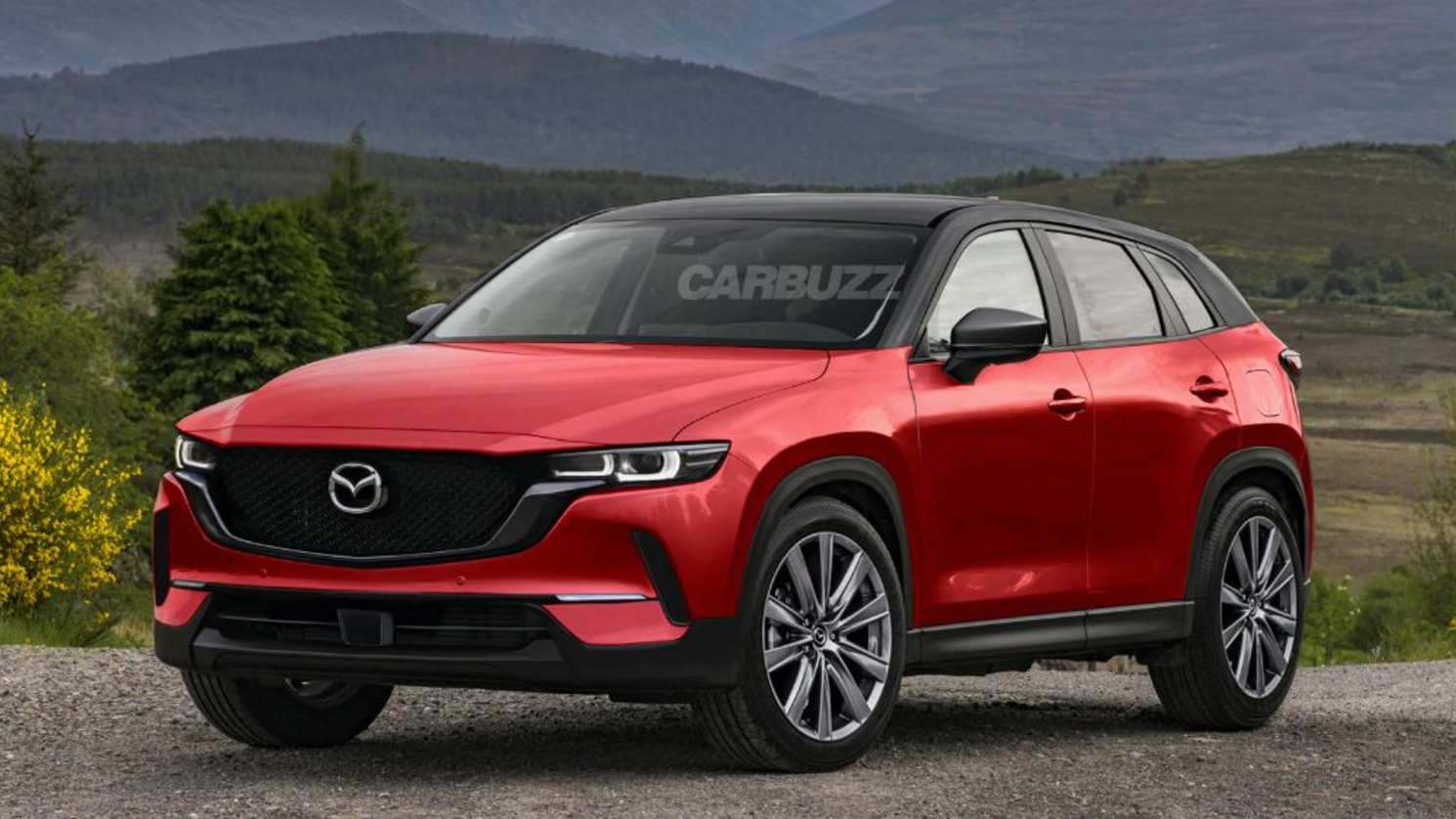Don't let the missing CX-50, CX-70 and Mazda3 Turbo fool you - Australia remains a favourite market for the Japanese giant.
Mazda Australia has long been seen as the ‘favourite child' of the brand's global operations, consistently amongst the best performing markets, which has allowed it a degree of influence few other countries could match.
For example, Australia was the only market in the world that sold the full line-up for the brand's previous SUV range, taking both the Japanese-focused CX-8 and the US-designed CX-9, alongside the rest.
It was Mazda Australia's ability to position itself as a ‘semi-premium' brand that has seemingly influenced the company's renewed plan to tackle the key US market with its more upmarket range of SUVs - CX-50, CX-60, CX-70, CX-80 and CX-90.
However, despite Australia's good reputation, it is missing out on two of those new models - CX-50 and CX-70 - which raises the question of the local operation's place in the Mazda pecking order.
Mazda Australia Managing Director Vinesh Bhindi is adamant that our country remains a priority for the Japanese car maker despite the missing models.
"Whatever the reason, as long as we get our way, we're happy," Bhindi said, referencing the rest of the new SUVs that it will offer. "But they do tell us Australia is a very important market for Mazda. Whether it's because the demand is here, the Australian consumers have made it the number two brand for a number of years.
.jpg)
"We were the first market to have Mazda outside of Japan, in 1959, way ahead of the US. Canada was about 10 years behind us, so it's important."
When pushed about the missing models and the message it sends, marketing chief Alastair Doak, pushed back.
"We're the only big market getting CX-60, CX-80 and CX-90," Doak said.
Not only this, but he said you can see that Mazda Australia remains a priority for the global operation in its stock allocation. Despite the global supply chain delays causing long delays around the world, Mazda Australia supply remains strong and steady, allowing it to retain its place as Australia's second best-selling brand.
Bhindi explained: "Our plan for 2023 is around 100,000 in a market of 1.1ish [million]. So that's where our goals are, and as I've said to others, there are still supply chain issues, logistics issues.
.jpg)
"It's heaps better than it was in the 2021, 2022 period but there are still some bottlenecks. But what we see between now and the end of the year is very good supply of BT-50, CX-9, CX-5, CX-8, CX-30 - they're got very good supply," he said.
And Bhindi and Doak haven't actually given up on securing the CX-50, saying that the new SUV is simply in too great a demand in the US to allow for the introduction of right-hand drive production.
"Don't get me wrong, we're still lobbying for it," Bhindi said. "We're still going to talk about it every chance we get, but we haven't got a nod yet."
Whether Mazda Australia can secure a right-hand-drive version of the CX-50 could ultimately be a telling message about where the brand sits in the company's global priority list.














.jpg)
.jpg)


.jpg)








.jpg)

.jpg)
.jpg)